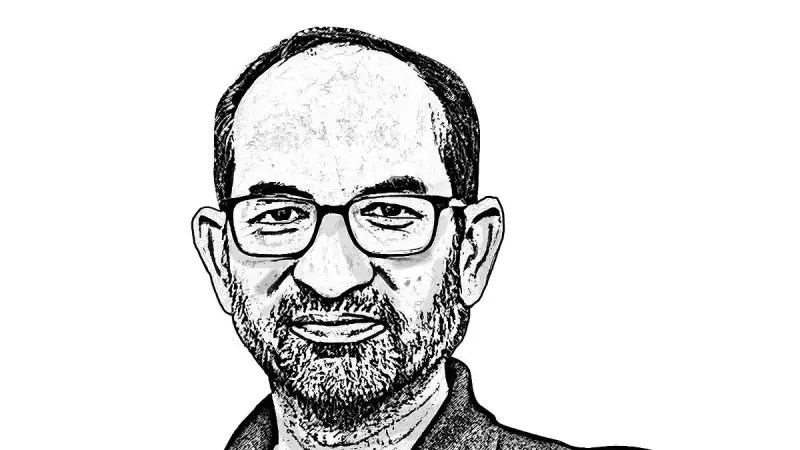
Indian investors are increasingly questioning whether traditional retirement planning through the Employees' Provident Fund Organisation (EPFO) remains the optimal choice for building their nest egg. The emergence of low-cost investment alternatives has sparked a crucial debate about the best approach to securing one's financial future.
The Rise of DIY Retirement Options
Financial markets have evolved significantly in recent years, offering individual investors access to instruments that were previously difficult to obtain. Low-cost index funds, international ETFs, and gold ETFs have democratized investing, enabling retail participants to construct diversified portfolios without professional management.
This development has led many to wonder if a self-directed retirement strategy could potentially deliver superior returns compared to the structured safety net provided by EPFO. The core question revolves around what truly constitutes "better" performance - is it purely about returns, or does safety and predictability play an equally important role?
Testing the Alternatives
When financial experts put both approaches to the test, the results provided valuable insights for retirement planners. The comparison examined not only raw returns but also factors like risk management, liquidity, and flexibility.
The analysis considered how DIY portfolios incorporating global exposure and liquid assets performed against EPFO's more conservative, regulated approach. Each method demonstrated distinct advantages depending on individual risk tolerance, investment knowledge, and financial goals.
Understanding What "Better" Really Means
The definition of a superior retirement strategy varies significantly among investors. For some, higher potential returns justify the additional risk and effort of managing their own portfolio. For others, the guaranteed returns and government backing of EPFO provide peace of mind that outweighs potentially higher gains elsewhere.
The November 16, 2025 analysis highlighted that both approaches have merit, and the optimal choice depends heavily on individual circumstances. Factors such as age, risk appetite, financial literacy, and time available for portfolio management all play crucial roles in determining which path aligns better with long-term objectives.
As retirement planning evolves in India, investors now have more choices than ever before. The key lies in understanding the trade-offs between structured safety and flexible self-direction when building financial security for the future.





